the cinema of TAKESHI KITANO
DIRECTORS CUTS
Other titles in the Directors Cuts series:
the cinema of EMIR KUSTURICA: notes from the underground
GORAN GOCIC
the cinema of KEN LOACH: art in the service of the people
JACOB LEIGH
the cinema of WIM WENDERS the celluloid highway
ALEXANDER GRAF
the cinema of KATHRYN BIGELOW: hollywood transgressor
edited by DEBORAH JERMYN & SEAN REDMOND
the cinema of ROBERT LEPAGE: the poetics of memory
ALEKSANDAR DUNDJEROVIC
the cinema of GEORGE A. ROMERO: knight of the living dead
TONY WILLIAMS
the cinema of ANDRZEJ WAJDA: the art of irony and defiance
edited by JOHN ORR & ELZBIETA OSTROWSKA
the cinema of KRZYSZTOF KIESLOWSKI: variations on destiny and chance
MAREK HALTOF
the cinema of DAVID LYNCH: american dreams, nightmare visions
edited by ERICA SHEEN & ANNETTE DAVISON
the cinema of NANNI MORETTI: dreams and diaries
EWA MAZIERSKA & LAURA RASCAROLI
the cinema of MIKE LEIGH: a sense of the real
GARRY WATSON
the cinema of JOHN CARPENTER: the technique of terror
edited by IAN CONRICH & DAVID WOODS
the cinema of ROMAN POLANSKI: dark spaces of the world
edited by JOHN ORR & ELZBIETA OSTROWSKA
the cinema of TODD HAYNES: all that heaven allows
edited by JAMES MORRISON
the cinema of STEVEN SPIELBERG: empire of light
NIGEL MORRIS
the cinema of ANG LEE: the other side of the screen
WHITNEY CROTHERS DILLEY
the cinema of TERRENCE MALICK: poetic visions of america (second edition)
edited by HANNAH PATTERSON
the cinema of WERNER HERZOG: aesthetic ecstasy and truth
BRAD PRAGER
the cinema of LARS VON TRIER: authenticity and artifice
CAROLINE BAINBRIDGE
the cinema of NEIL JORDAN: dark carnival
CAROLE ZUCKER
the cinema of JAN SVANKMAJER: dark alchemy
edited by PETER HAMES
the cinema of DAVID CRONENBERG: from baron of blood to cultural hero
ERNEST MATHIJS
the cinema of JOHN SAYLES: a lone star
MARK BOULD
the cinema of SALLY POTTER: a politics of love
SOPHIE MAYER
the cinema of MICHAEL HANEKE: europe utopia
edited by BEN McCANN & DAVID SORFA
the cinema of THE DARDENNE BROTHERS: responsible realism
PHILIP MOSLEY
the cinema of
TAKESHI KITANO
flowering blood
Sean Redmond
 WALLFLOWER PRESS LONDON & NEW YORK
WALLFLOWER PRESS LONDON & NEW YORKA Wallflower Press Book
Published by
Columbia University Press
Publishers Since 1893
New York Chichester, West Sussex
cup.columbia.edu
Copyright Sean Redmond 2013
All rights reserved.
E-ISBN 978-0-231-85023-0
Wallflower Press is a registered trademark of Columbia University Press
A complete CIP record is available from the Library of Congress
ISBN 978-0-231-16332-3 (cloth : alk. paper)
ISBN 978-0-231-16333-0 (pbk. : alk. paper)
ISBN 978-0-231-85023-0 (e-book)
Series design by Rob Bowden Design
Cover image of Takeshi Kitano courtesy of Sony Pictures Classics/The Kobal Collection/ Kumagai, Tsuranuku
A Columbia University Press E-book.
CUP would be pleased to hear about your reading experience with this e-book at .
CONTENTS
New ideas and moments of inspiration emerge in the unlikeliest of places, at the most unlikely of times. I have been caught by a revelation, found the right question, or the analytical solution to something that had been puzzling me for weeks, on the evening train, after a bad dream, at the playground with the kids, or while chilling out in front of the television. My best work though is always fashioned in and around the wonderful research being carried out by my students; their ideas, freshness and hunger to find a way out of a blind alley, is just the burst of energy I need to borrow on a Kitano blue day. In particular, while writing this book, Dick Whyte, Bran Gnanalingam, Allison Maplesden, Torben Antonsen, Kendra Marston, Brady Hammond, James Morris, Amber Johnson and Mark Ellsworth were all incredibly helpful to the journeying I undertook. Thank you. This is the sea.
for Josh, Caitlin, Erin, Dylan and Cael
I will begin this monograph by way of a detour of sorts: the story of my becoming lost on the streets of Tokyo, a cine pilgrim in search of Takeshi Kitano. I will define the cineaste pilgrim as the film fan that goes in search of the art and artist they most admire and who has left an enigma or legacy of some kind for them to discover. The cineaste pilgrim may also be captivated by a purer phenomenological desire to find experiential truth in the great art, artist or star they go in search of. The cineaste pilgrim who journeys to the East, however, is arguably a culturally or ideologically heightened example of this awe-struck travelogue since their journey is readily connected to issues and questions of Otherness, Orientalism and stranger fetishism. My own desire to write about Kitano, to journey to Tokyo to find him, is placed within this sea of troubling contexts. In this introduction I ask the questions: Why Kitano



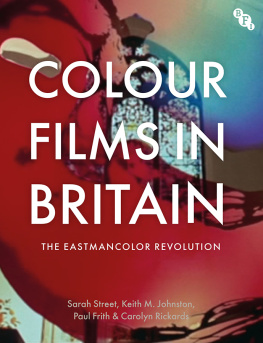
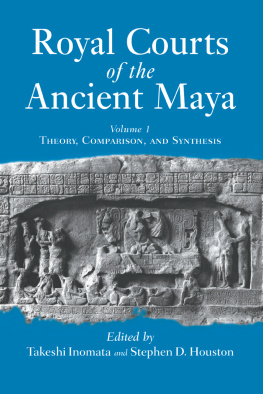
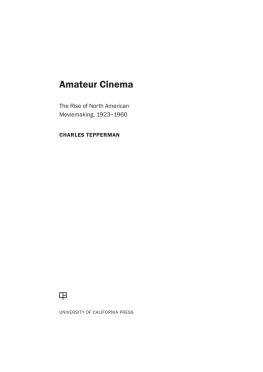

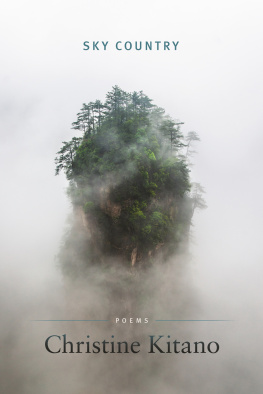
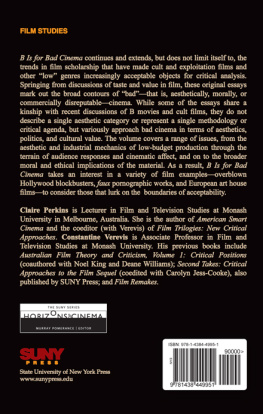
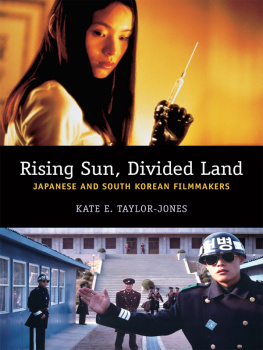
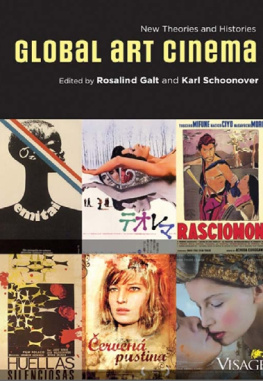
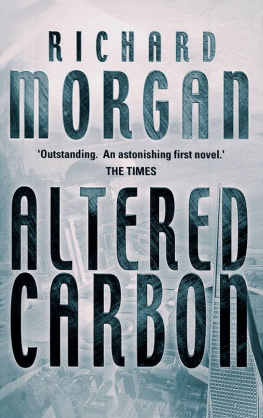
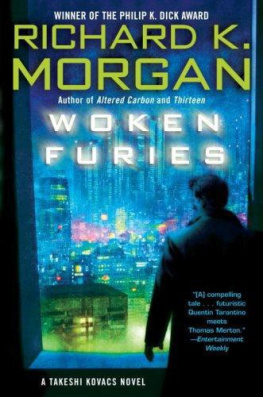

 WALLFLOWER PRESS LONDON & NEW YORK
WALLFLOWER PRESS LONDON & NEW YORK